America's biker gangs
A deadly brawl in Texas has shined a spotlight on the country's outlaw motorcycle gangs
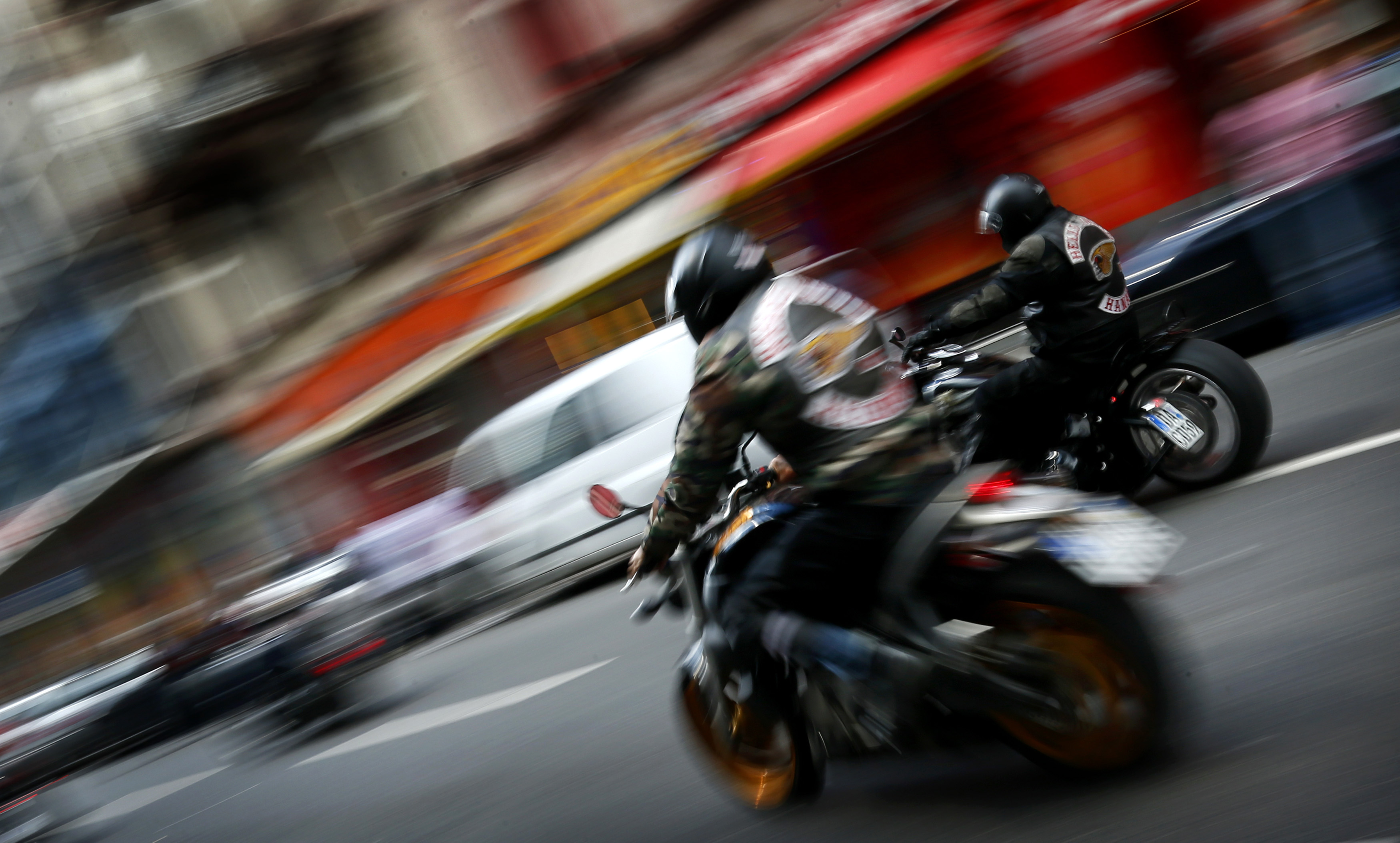
A deadly brawl in Texas has shined a spotlight on the country's outlaw motorcycle gangs. Here's everything you need to know:
Are the gangs truly dangerous?
Most motorcycle clubs are perfectly harmless groups of leather-clad easy riders with a passion for the open road. But the biker world also has a violent subculture — a highly organized criminal network of Harley-riding outlaws who fight turf wars over drugs, weapons, and women. Among them are the Bandidos and the Cossacks, who had a wild brawl and shoot-out in Waco, Texas, several weeks ago. The FBI estimates there are now around 44,000 Americans in more than 3,000 outlaw motorcycle gangs. These gangs aren't "just tattooed long-haired guys who like to ride motorcycles," says Steve Cook of the Midwest Outlaw Motorcycle Gang Investigators Association. "They are long-haired tattooed guys who ride motorcycles and sell a hell of a lot of methamphetamine and murder people and steal motorcycles and extort people."
The Week
Escape your echo chamber. Get the facts behind the news, plus analysis from multiple perspectives.

Sign up for The Week's Free Newsletters
From our morning news briefing to a weekly Good News Newsletter, get the best of The Week delivered directly to your inbox.
From our morning news briefing to a weekly Good News Newsletter, get the best of The Week delivered directly to your inbox.
When did the first gangs emerge?
Shortly after World War II. For the thousands of military veterans who were struggling to readjust to life back in the U.S., starting a biker club represented an innocent way to recapture the camaraderie they'd experienced in the war. But it didn't take long for those clubs to pick up a nasty reputation. In 1947, members of the Boozefighters and the Pissed Off Bastards brawled in Hollister, California — prompting the American Motorcycle Association to issue an embarrassed public statement that 99 percent of bikers were law-abiding citizens. Unfortunately, the bid to rescue the motorcycle community's image backfired. Several clubs began calling themselves One Percenters as a badge of honor. A year later, the Hells Angels formed, and was soon inspiring fearful coverage in the press. "They call themselves Hell's Angels," read one 1965 magazine article. "They ride, rape, and raid like marauding cavalry."
What about today?
Biker gang culture now revolves around the "Big Four." The notorious Hells Angels has about 2,500 members in 230 chapters worldwide. Then there are the Angels' sworn enemies, the Bandidos, who wear the red and gold colors of the U.S. Marine Corps. The Bandidos' mottoes: "Cut one, we all bleed" and "We are the people our parents warned us about." The Bandidos control Texas and are challenging the Angels for overall supremacy. The other two gangs are also Angels foes: the Outlaws, based in the Midwest, and the notoriously secretive Pagans of the mid-Atlantic region. All four are made up mostly of blue — collar white men in their 40s and 50s who go by outlaw nicknames like "Zombie" and "Drifter." (Some Bandido chapters are heavily Hispanic.) The only women involved are female acquaintances who attach themselves to gang members and are forced to wear "property" belts. Members are often drawn to the gang by the concept of brotherhood "and a sense of family they never found during their childhood," says former Bandido Ed Winterhalder. "The love of Harleys is the glue that holds it all together."
A free daily email with the biggest news stories of the day – and the best features from TheWeek.com
How do these gangs operate?
Outlaw biker clubs bring in hundreds of thousands of dollars through drug deals, weapons sales, prostitution, and extortion. For both financial and emotional reasons, they are very keen to protect their turf, and territorial disputes can come down to the smallest of symbols. In Waco, hundreds of members of the Bandidos and Cossacks brutally beat one another with brass knuckles, chains, and clubs before opening fire and killing nine. The primary cause of the dispute? The right to wear a "Texas" patch on a part of their leather vests known as a "bottom rocker."
Is this purely a U.S. phenomenon?
No. Gang chapters have also opened in Canada and Europe. Strangely enough, some of the bloodiest biker feuds have taken place in Scandinavia. Twelve people were killed during the "Great Nordic Biker War" of the 1990s, waged between international chapters of the Hells Angels and Bandidos in Denmark, Sweden, Norway, and Finland. At points, the violence reached military levels: One biker fired an anti-tank grenade into an Angels clubhouse; another was peppered with automatic rifle fire in the arrivals hall of Helsinki's airport. But by far the deadliest biker feud was the "Quebec Biker War" of the late '90s and 2000s, waged between the Rock Machine and the Angels in Montreal. The war included multiple bombings and ultimately claimed 150 lives.
Are there any new gangs?
There are dozens popping up, and most of them are being formed by disaffected veterans of the Iraq and Afghanistan wars. In fact, some soldiers have been seen proudly flying gang colors while serving abroad, even though they're officially barred from joining "extremists' groups" or organizations that advocate "criminal gang doctrine." Just as in the aftermath of WWII, some veterans see gang life as an extension of the close bonds and dangerous, adrenaline-fueled lifestyle they had in the military; in return, they can offer gangs their highly skilled expertise in weapons and fighting. Cook, the gang investigator, hopes that the Waco brawl will dispel any lingering romantic myths surrounding biker gangs. "Maybe it'll be time for law enforcement and the public to take the blinders off and recognize these groups for what they are," says Cook. "Criminals."
The induction process
Joining a violent biker gang isn't easy. Former government informant Charles Falco, who infiltrated several gangs and is now living in the witness protection program, says that inductees have to prove their mettle through several steps. The newbies, known as "hang-arounds," start by carrying out menial tasks like serving drinks at club parties and guarding bikes. They then graduate to "prospect" status, where they're given a leather vest, but without the club patches. After a year or so, the candidate's application is finally put to a vote. For the most dangerous gangs, the final stage can also involve proving your loyalty through a criminal act, such as severely beating or killing a rival gang member. The filtering process is arduous and highly organized. "People think ‘dumb biker gangs,'" says Falco, but these guys are "structured like the military and have a strict set of rules."
-
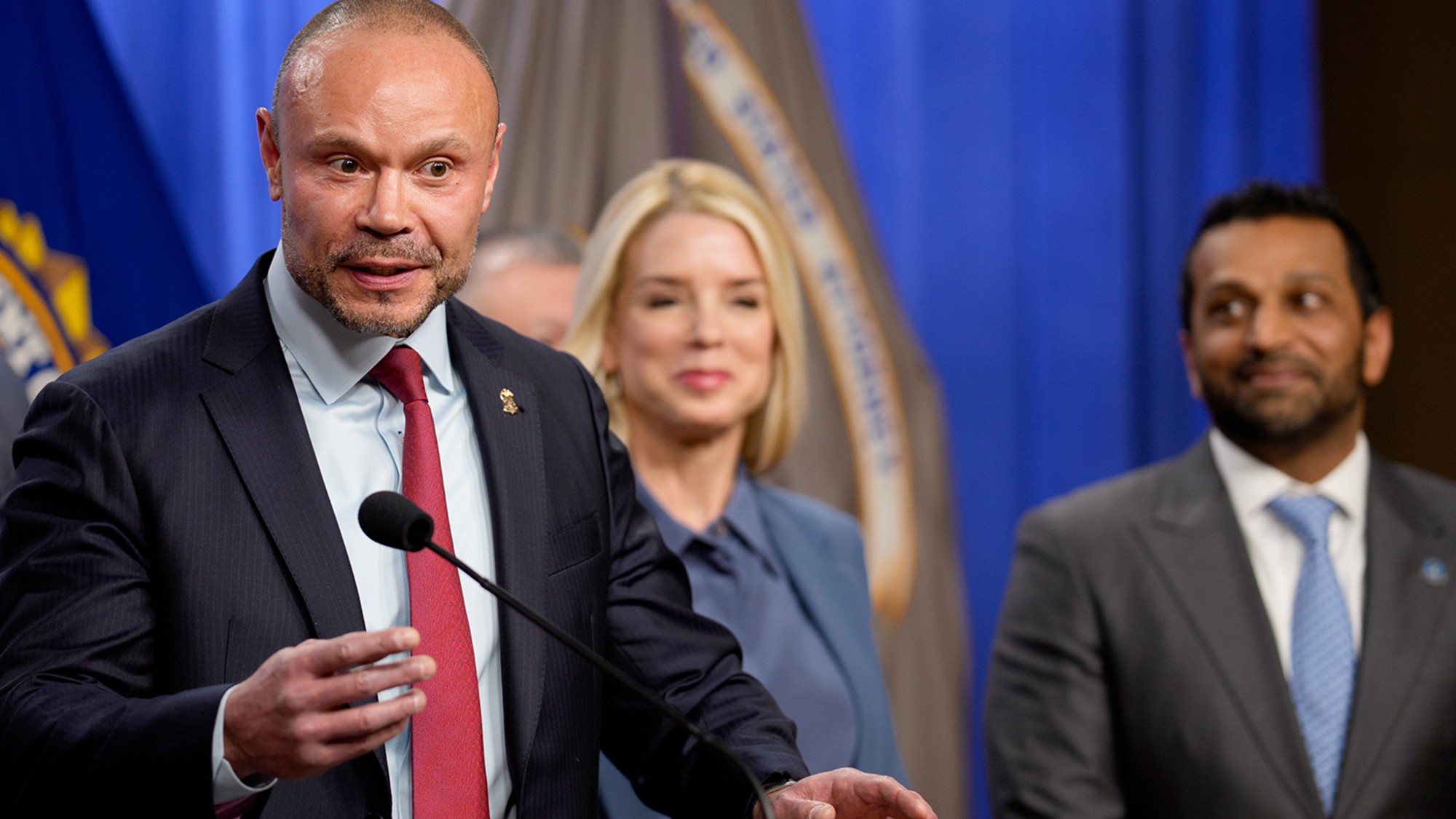 Pipe bombs: The end of a conspiracy theory?
Pipe bombs: The end of a conspiracy theory?Feature Despite Bongino and Bondi’s attempt at truth-telling, the MAGAverse is still convinced the Deep State is responsible
-
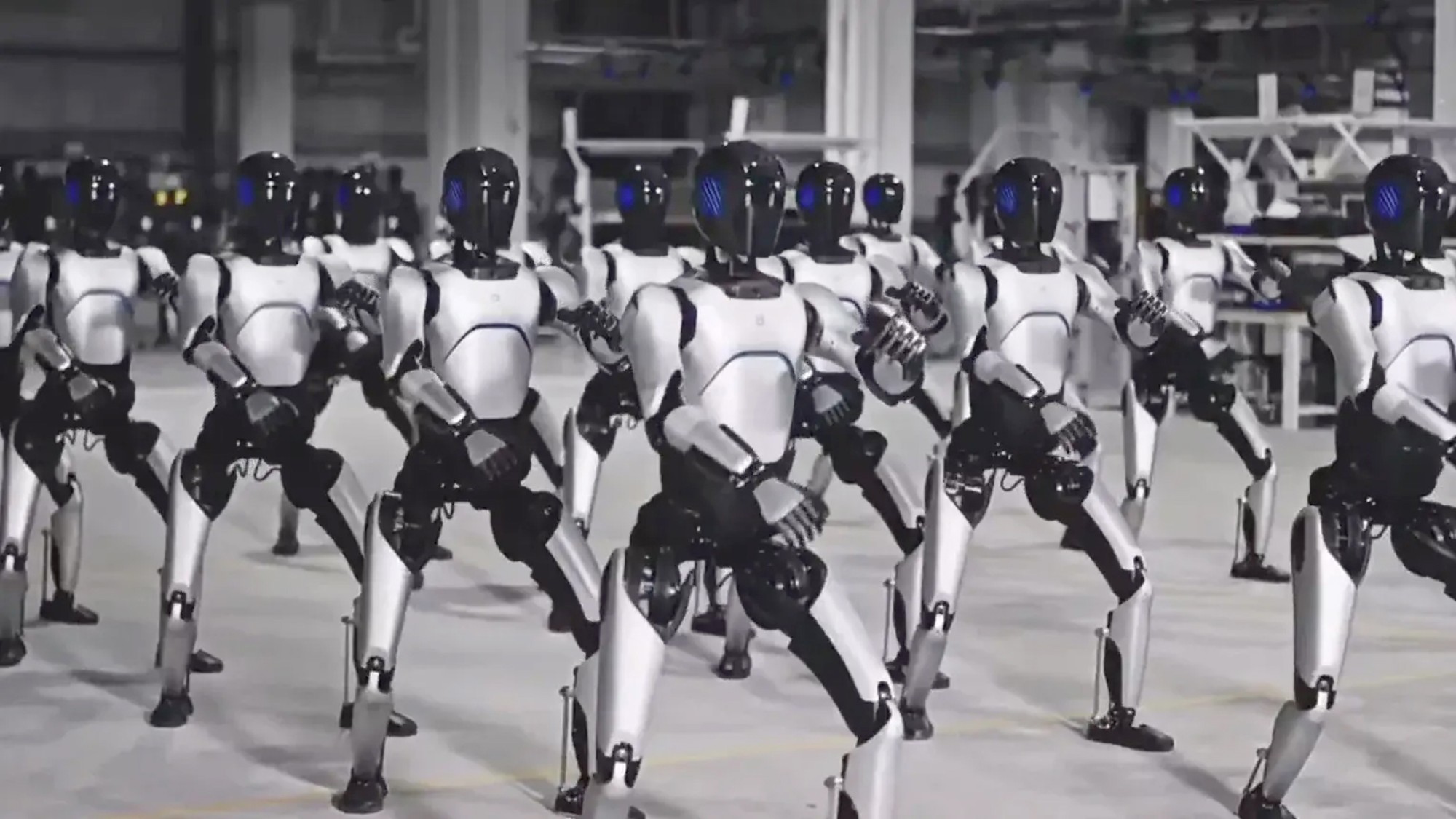 The robot revolution
The robot revolutionFeature Advances in tech and AI are producing android machine workers. What will that mean for humans?
-
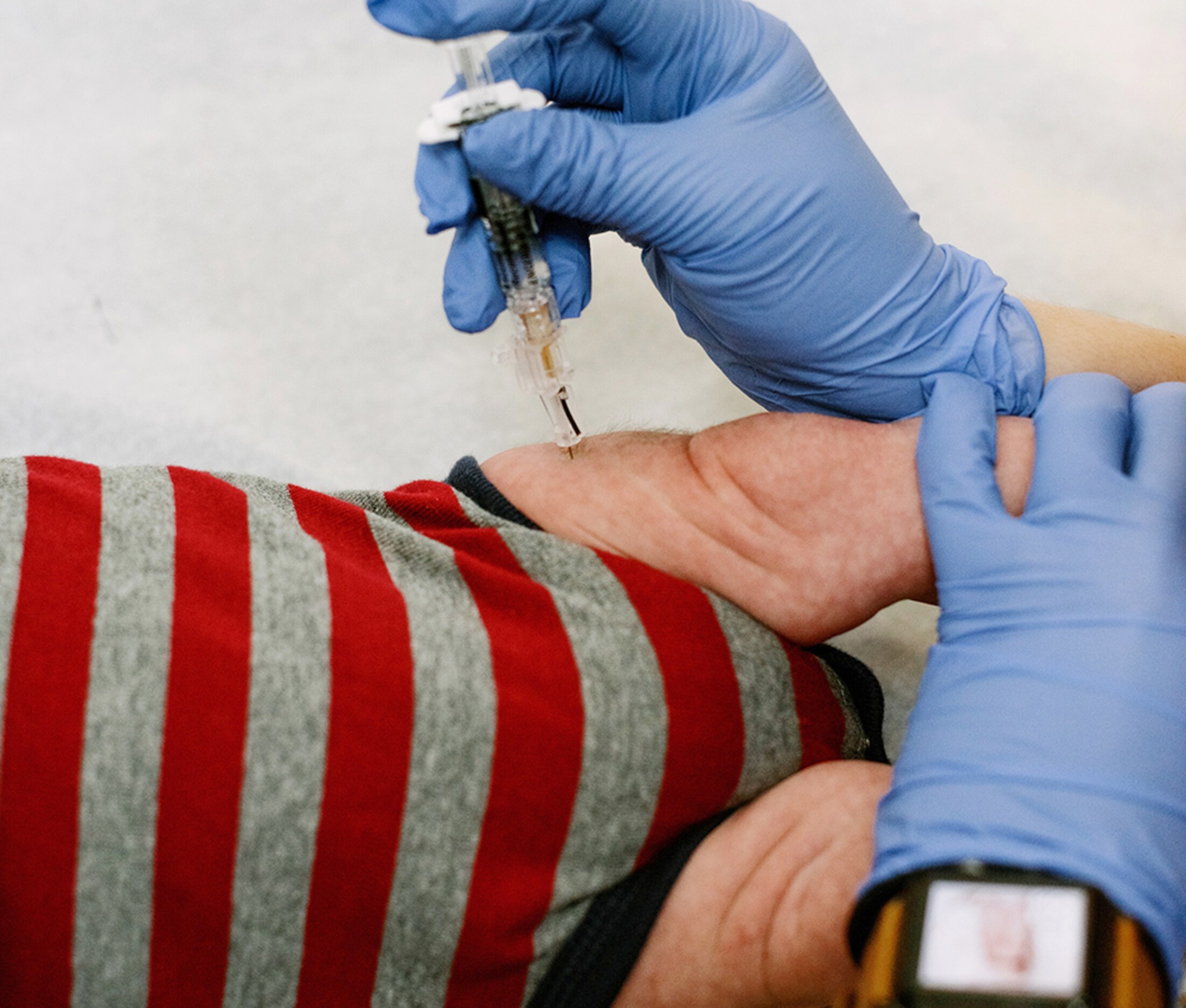 Health: Will Kennedy dismantle U.S. immunization policy?
Health: Will Kennedy dismantle U.S. immunization policy?Feature ‘America’s vaccine playbook is being rewritten by people who don’t believe in them’
-
 In the future, will the English language be full of accented characters?
In the future, will the English language be full of accented characters?The Explainer They may look funny, but they're probably here to stay
-
 10 signature foods with borrowed names
10 signature foods with borrowed namesThe Explainer Tempura, tajine, tzatziki, and other dishes whose names aren't from the cultures that made them famous
-
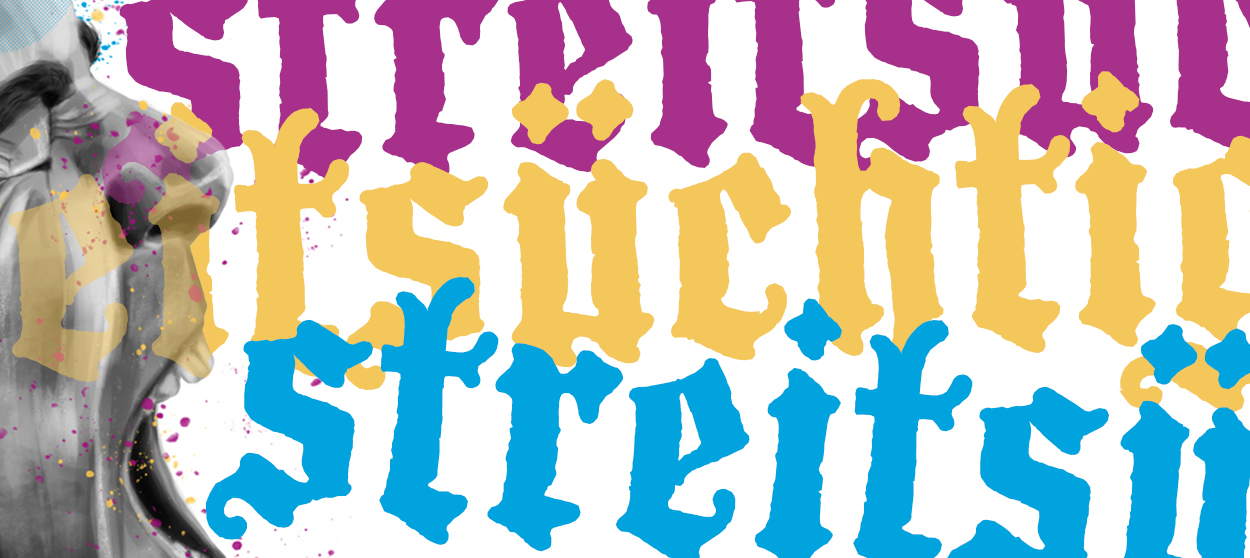 There's a perfect German word for America's perpetually enraged culture
There's a perfect German word for America's perpetually enraged cultureThe Explainer We've become addicted to conflict, and it's only getting worse
-
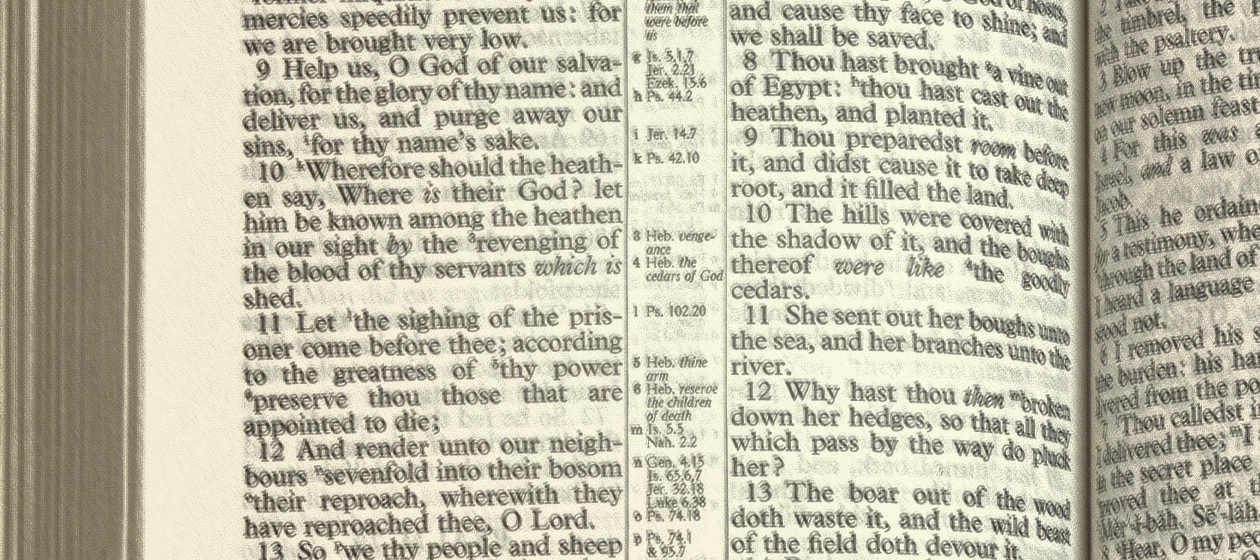 The death of sacred speech
The death of sacred speechThe Explainer Sacred words and moral terms are vanishing in the English-speaking world. Here’s why it matters.
-
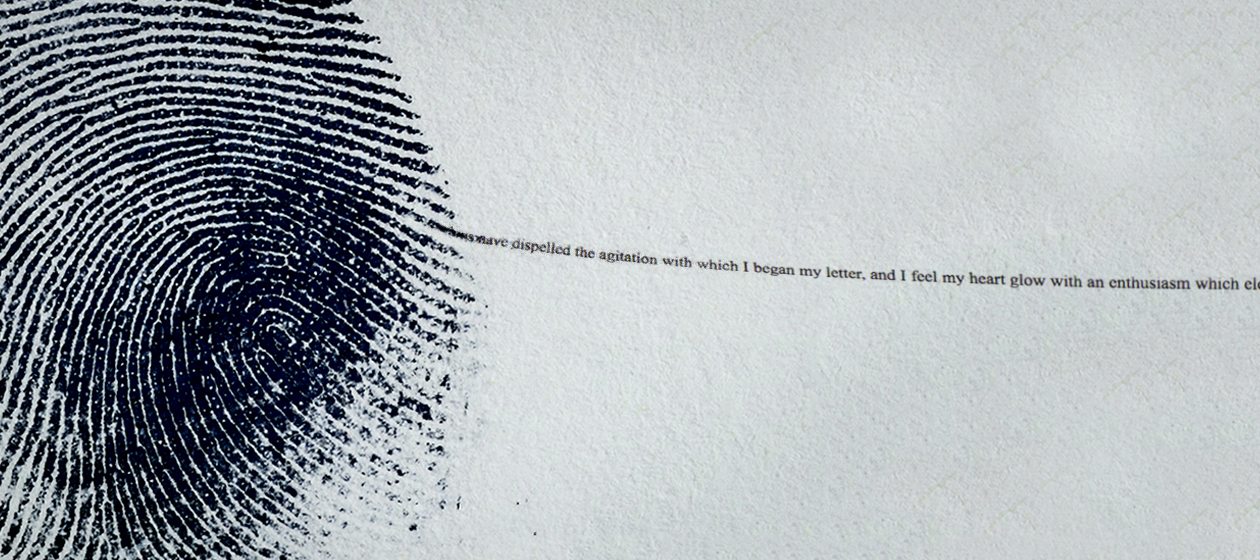 The delicate art of using linguistics to identify an anonymous author
The delicate art of using linguistics to identify an anonymous authorThe Explainer The words we choose — and how we use them — can be powerful clues
-
 Dashes and hyphens: A comprehensive guide
Dashes and hyphens: A comprehensive guideThe Explainer Everything you wanted to know about dashes but were afraid to ask
-
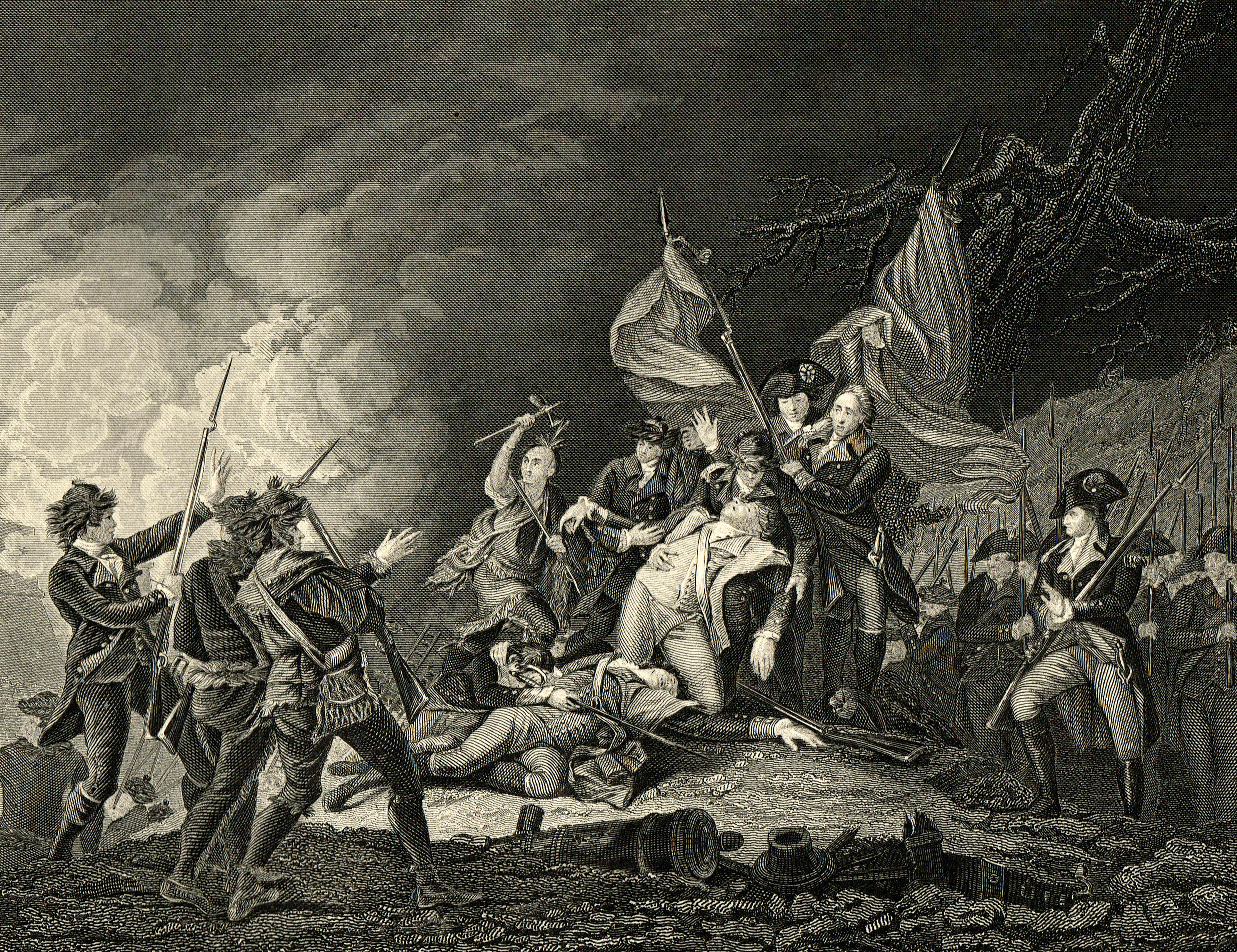 A brief history of Canadian-American relations
A brief history of Canadian-American relationsThe Explainer President Trump has opened a rift with one of America's closest allies. But things have been worse.
-
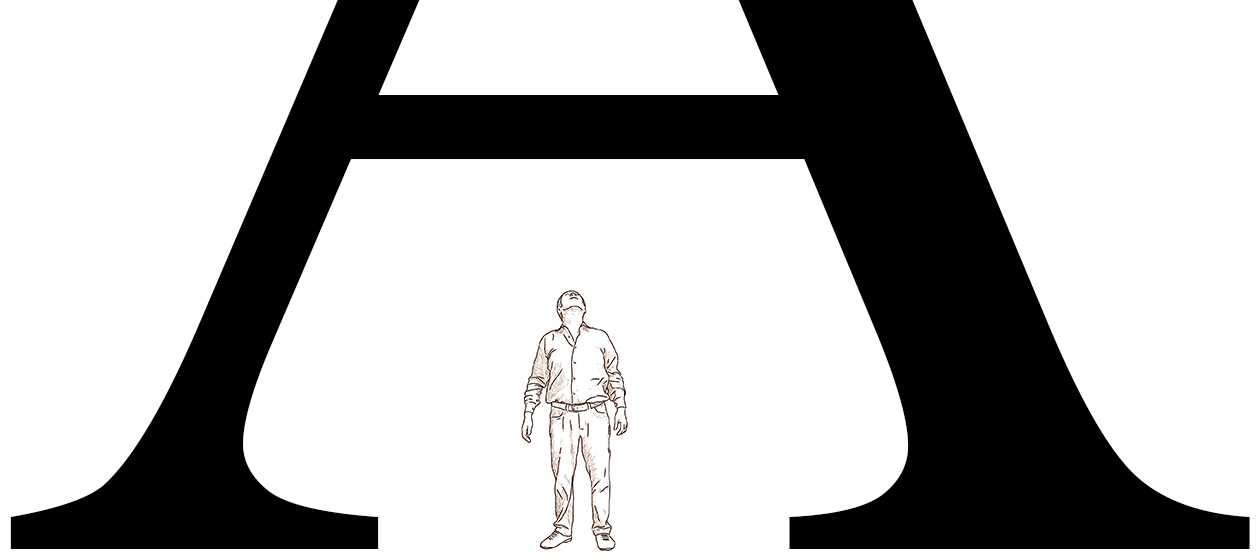 The new rules of CaPiTaLiZaTiOn
The new rules of CaPiTaLiZaTiOnThe Explainer The rules for capitalizing letters are totally arbitrary. So I wrote new rules.